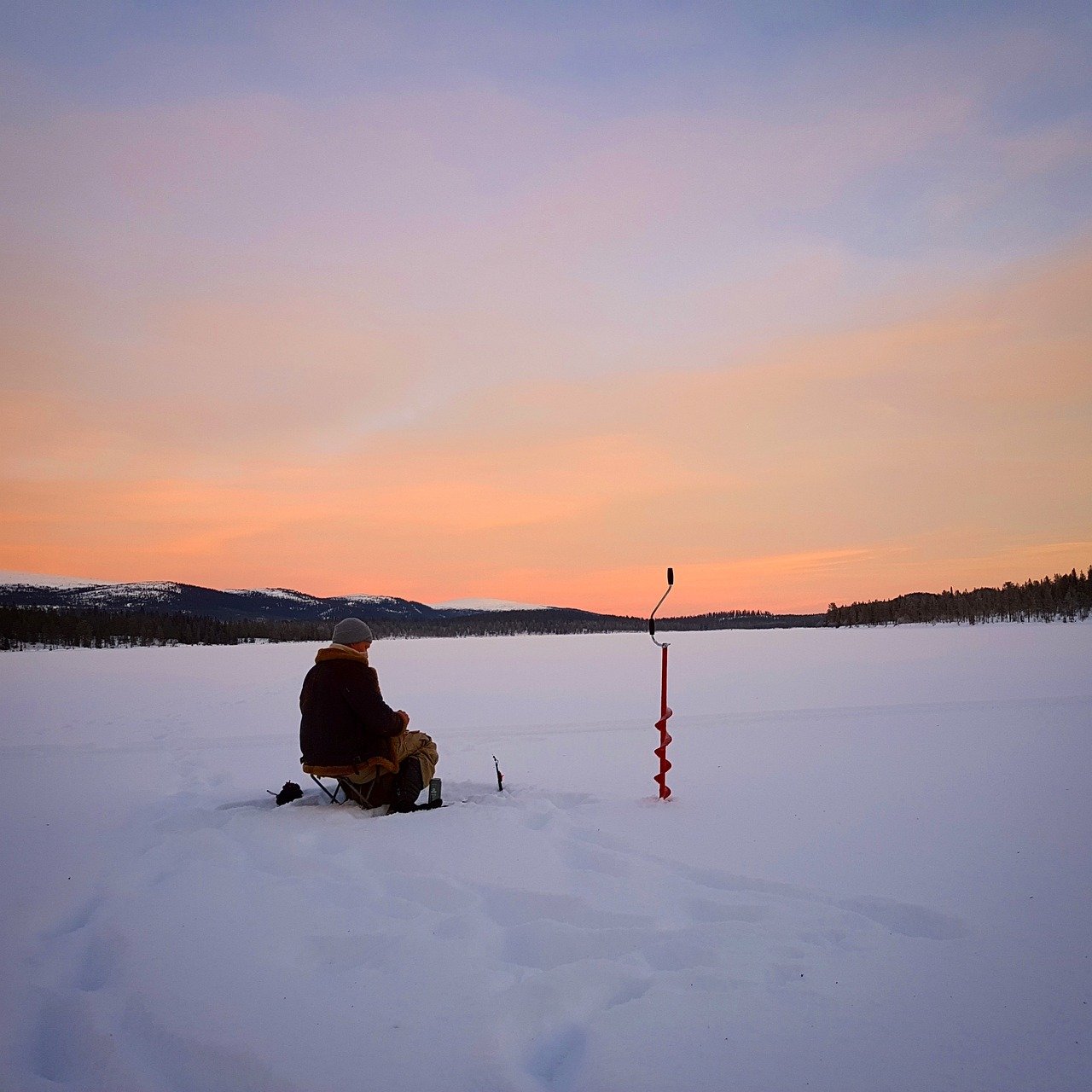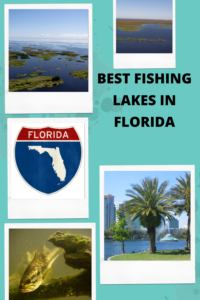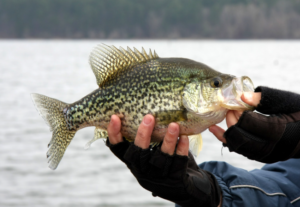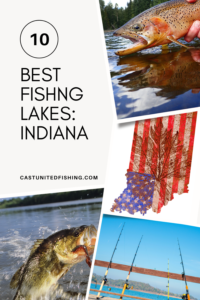Introduction
Ice fishing is a thrilling and rewarding outdoor activity that allows anglers to pursue their passion even during the winter months. As a beginner, diving into the world of ice fishing may seem daunting, but with the right ice fishing tips and techniques, you can enhance your experience and increase your chances of success. In this article, we’ll explore some of the best advice for beginners, covering everything from selecting the right gear to mastering essential techniques.
Table of Contents: Ice fishing tips
1. Choosing the Right Ice Fishing Rod and Reel
When it comes to ice fishing tips, rods are an incredibly important topic. Typically, you will want to opt for a short and sensitive rod. A length between 24 to 36 inches is ideal for maneuvering in tight spaces.
Consider a medium or medium-light power rod for versatility in handling various fish species.
Pair your rod with a quality ice fishing reel that has a smooth drag system. A reel with an anti-reverse feature is essential for hook-setting.
Sensitivity is crucial when ice fishing. A sensitive rod helps detect subtle bites, especially important when fish are less active in cold temperatures.
Medium or Medium-Light Power:
A medium or medium-light power rod provides a balance between strength and flexibility, making it versatile for various fish species.
It allows you to feel the movements of the fish and set the hook effectively without overpowering the rod.

St Croix Custom Ice Fishing Rod
Quality Ice Fishing Reel:
Choose a reel with a smooth drag system for seamless line management.
An anti-reverse feature prevents the reel from turning backward, ensuring a solid hook-set when you feel a bite.

2. Selecting the Best Ice Fishing Line
Low-Memory, Abrasion-Resistant Line:
Low-memory lines don’t retain the coiled shape, which is essential in cold conditions.
Abrasion resistance is crucial as ice edges can be sharp. Monofilament or fluorocarbon lines in the 2 to 6-pound test range are suitable for ice fishing.
High-Visibility Line:
High-visibility lines help in detecting subtle bites, especially in low-light conditions or when fishing in deeper waters.
Fluorescent or brightly colored lines can be beneficial for visual cues.

3. Essential Ice Fishing Lures
Jigging Spoons:
Jigging spoons like Swedish Pimples or Kastmasters are effective for imitating injured baitfish. They work well for attracting predatory fish like walleye and pike.
Vary your jigging cadence and experiment with different spoon sizes and colors to find what the fish respond to.

Soft Plastics on Jig Heads:
Soft plastics mimic natural prey and work well for panfish. Use small, realistic soft baits on jig heads to entice bites.
Colors like chartreuse, pink, or white can be attractive to panfish.
Ice Fishing Jigs:
Ice fishing jigs come in various designs, often with vibrant colors and added flash. These are excellent for attracting fish in the clear, cold waters beneath the ice.
These are just our ice fishing tips. Experiment with different jigging motions to find what triggers fish to strike.

Reaction Tackle Tungsten Ice Fishing Jigs
4. Must-Have Ice Fishing Equipment
Ice Auger:
Choose between a hand auger for portability or a power auger for convenience. Ensure your auger is sharp to drill through the ice efficiently.
Consider the thickness of the ice and the effort required when selecting an auger. This is a super important ice fishing tip.

Eskimo Hand Auger with Dual Flat Blades, 6 – 8 Inch
Shelter:
Ice fishing shelters range from pop-up tents to insulated shanties. Choose one that suits your preferences and provides protection from the elements.
Insulated shelters help retain heat, making your fishing experience more comfortable during prolonged stays on the ice.

Piscifun Insulated Ice Fishing Shelter with Two-Doors, 3-4 Person Pop-Up Portable Ice Fishing Tent
Ice Scoop:
An ice scoop is essential for keeping your fishing hole clear of slush and ice particles. A clean hole ensures a better fishing experience and helps prevent line tangles.

5. Understanding Ice Fishing Techniques
Jigging:
Jigging involves using up-and-down motions to make your lure dance in the water. Experiment with different jigging cadences and depths to entice fish.
Pay attention to the behavior of the fish on your sonar or flasher to adjust your jigging technique accordingly.
Tip-Ups:
These are a different type of ice fishing tips. Tip-ups are a passive fishing technique where live bait is set on a flag-equipped device. When a fish takes the bait, the flag is triggered, indicating a potential catch.
Strategically place tip-ups to cover a larger area and increase your chances of hooking fish.

6. Safety First
Arguably the most important ice fishing tips are safety related:
Checking Ice Thickness:
Regularly check the ice thickness using an ice auger or an ice chisel. Clear ice is generally stronger than cloudy ice.
Always follow local guidelines for safe ice thickness. Four inches is the minimum thickness for safe walking.
Appropriate Clothing:
Wear insulated layers to stay warm in the cold. Thermal socks, waterproof boots, and insulated gloves are essential for protection against the elements.
Dressing in layers allows you to adjust to changing weather conditions.

Suit ELEMENT FLT – Winter Float Assist Fishing Suit – Jacket and Pants
7. Learning from Experienced Anglers
Joining Ice Fishing Communities:
Connect with local ice fishing communities or online forums to share experiences and gain valuable insights.
Engage in discussions, ask questions, and learn from the experiences of seasoned anglers.
Attending Workshops and Events:
Attend ice fishing workshops or events organized by local angling clubs or outdoor organizations for more quality ice fishing tips.
Workshops provide hands-on learning experiences and opportunities to connect with experts in the field.
Conclusion
Embarking on the journey of ice fishing as a beginner can be both exciting and fulfilling. Armed with the right gear, techniques, ice fishing tips, and safety measures, you’ll be well-prepared to face the challenges of frozen waters. So, bundle up, drill some holes, and experience the joy of ice fishing in all its winter wonder. Happy fishing!
Spring is right around the corner. If you need some tips and tricks for Spring bass fishing to go along with your ice fishing tips, please check out our previous article to help you out:



